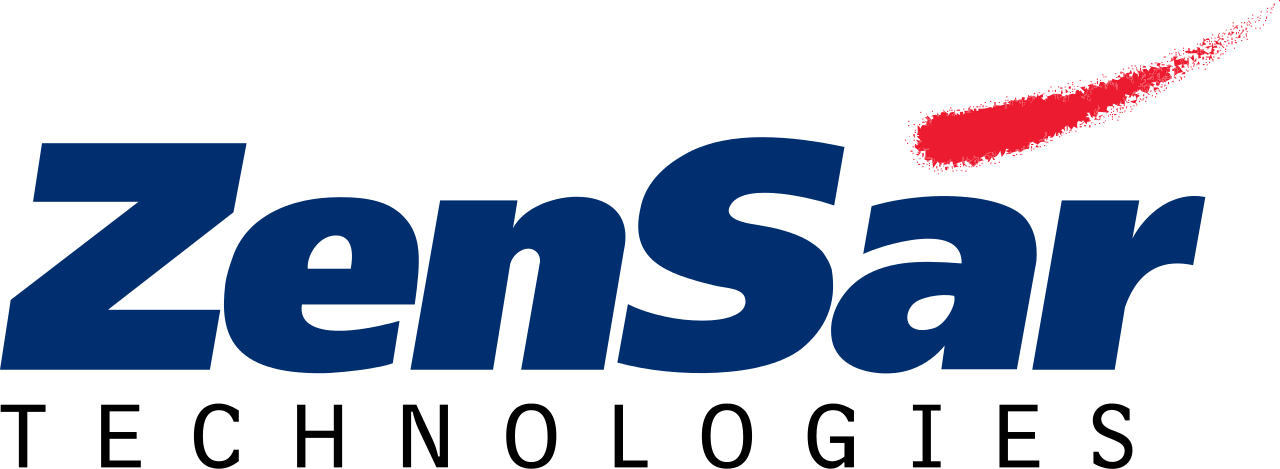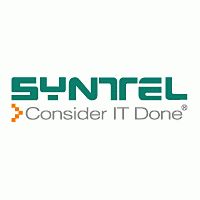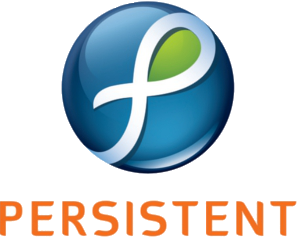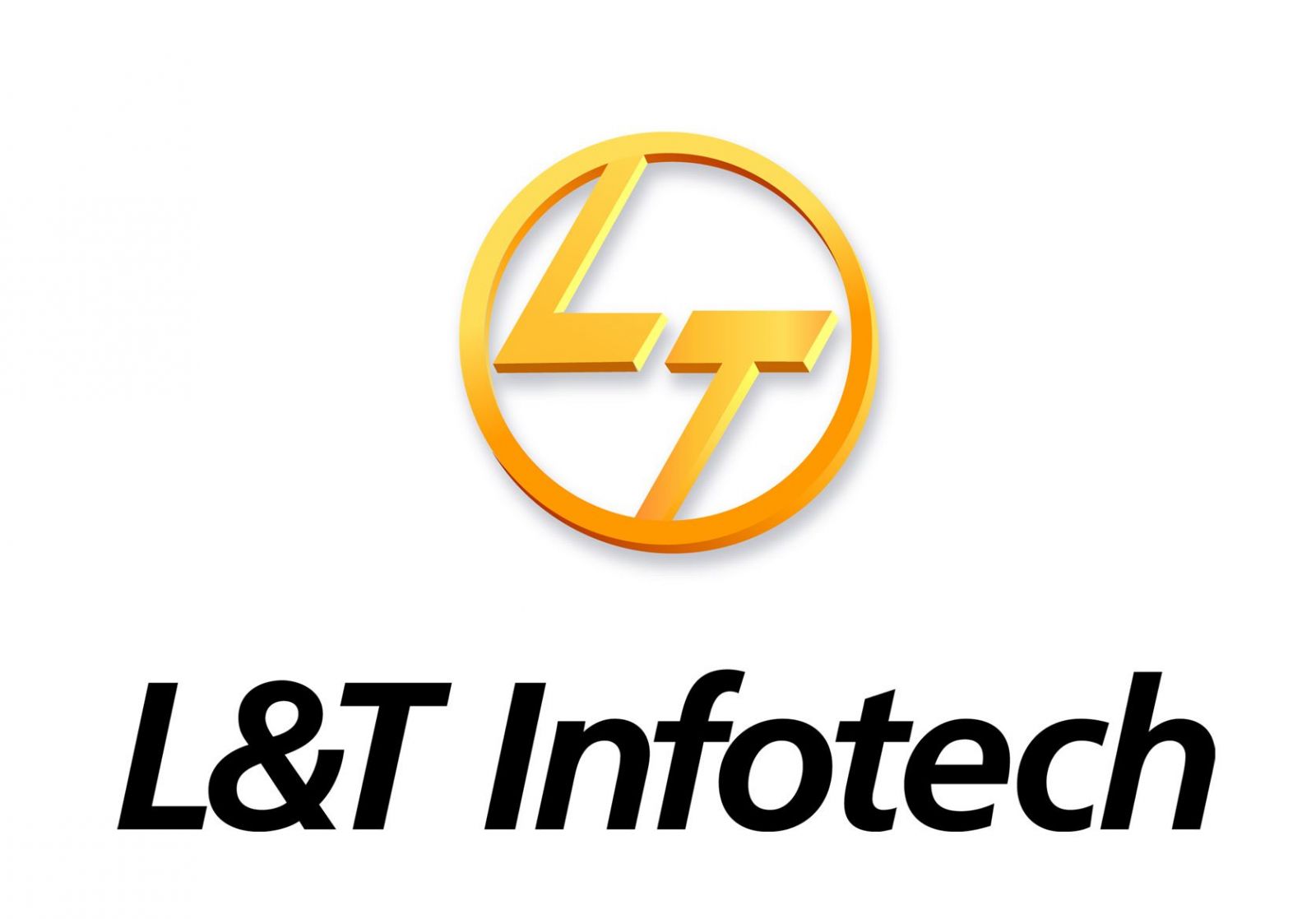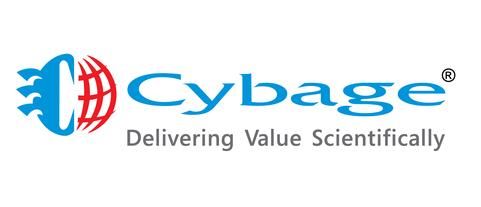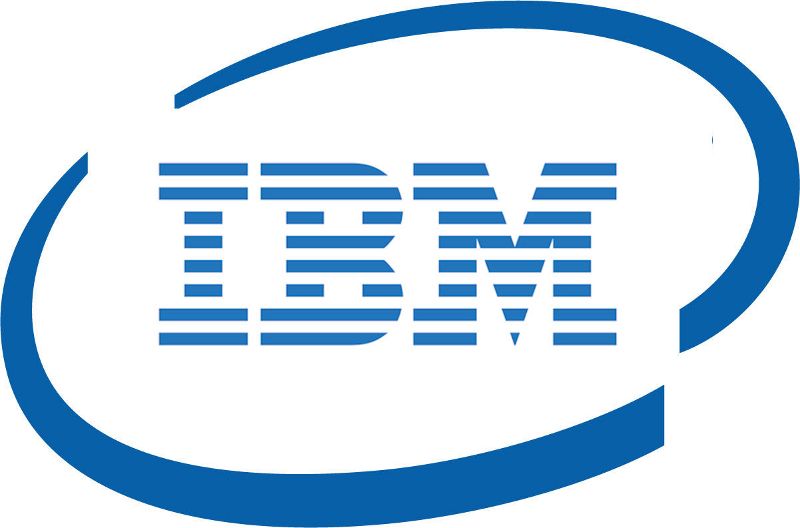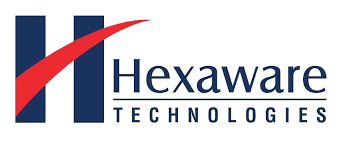MongoDB is a document-oriented database. Instead of storing your data in tables made out of individual rows, like a relational database does, it stores your data in collections made out of individual documents.
MongoDB is a fast becoming industry level trends and is gaining most popularity for its powerful query language and its easy to transition from relational database and to NoSQL database. With increasing implementation of Big Data technologies, it is a natural progression for the organizations to look for MongoDB skills.
According to a report by Allied Market Research, the growing awareness of the benefits of NoSQL over RDBMS has resulted in increased demand for MongoDB skills, especially in sectors like, social networks, retail and e-commerce.
MongoDB is a cross-platform, document oriented database that provides, high performance, high availability, and easy scalability. MongoDB works on concept of collection and document.
Database is a physical container for collections. Each database gets its own set of files on the file system. A single MongoDB server typically has multiple databases.
Collection is a group of MongoDB documents. It is the equivalent of an RDBMS table. A collection exists within a single database. Collections do not enforce a schema. Documents within a collection can have different fields. Typically, all documents in a collection are of similar or related purpose.
A document is a set of key-value pairs. Documents have dynamic schema. Dynamic schema means that documents in the same collection do not need to have the same set of fields or structure, and common fields in a collection's documents may hold different types of data.
Any relational database has a typical schema design that shows number of tables and the relationship between these tables. While in MongoDB, there is no concept of relationship.
Data in MongoDB has a flexible schema.documents in the same collection. They do not need to have the same set of fields or structure, and common fields in a collection’s documents may hold different types of data.
Before proceeding with this tutorial, you should have a basic understanding of database, text editor and execution of programs, etc. Because we are going to develop high performance database, so it will be good if you have an understanding on the basic concepts of Database (RDBMS).
Industry professionals as Trainers
